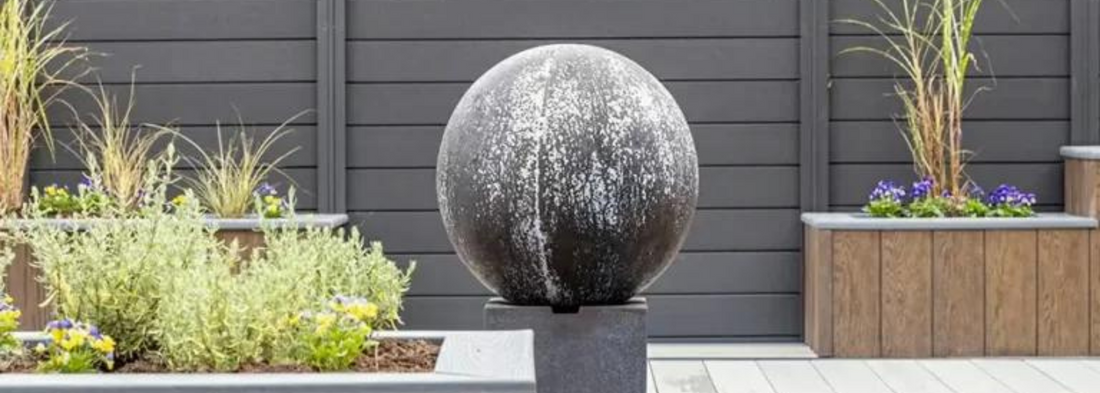
Composite cladding for DIY projects?
Composite cladding can be a suitable option for DIY projects, depending on your specific needs and skills. Here are some factors to consider:
-
Ease of Installation: Many composite cladding products are designed with DIY installation in mind. They often come with interlocking systems or easy-to-follow instructions, making them accessible to those with basic DIY skills.
-
Tools and Equipment: Check the manufacturer's recommendations for the tools and equipment required for installation. Ensure you have access to these tools and are comfortable using them.
-
Level of Experience: If you're an experienced DIYer, you may find composite cladding relatively straightforward to install. However, if you're new to DIY projects, it's a good idea to start with simpler projects and gain some experience before attempting cladding.
-
Surface Preparation: Properly preparing the surface where you plan to install the cladding is crucial for a successful DIY project. Make sure the surface is clean, level, and in good condition.
-
Safety: Always prioritise safety when working on DIY projects. Wear appropriate safety gear, follow safety guidelines, and take precautions to avoid accidents.
-
Budget: Consider your budget, as composite cladding materials can vary in price. Compare costs with other cladding options to ensure it aligns with your project budget.
-
Climate and Environment: Think about the climate and environmental conditions in your area. Some composite cladding may be better suited for specific climates or environments, so choose accordingly.
-
Maintenance: Research the maintenance requirements of the specific composite cladding product you're considering. Some may require less maintenance than others, which can affect the long-term success of your DIY project.
-
Permits and Regulations: Depending on your location and the extent of your DIY project, you may need permits or approvals from local authorities. Check your local building codes and regulations before starting.
In summary, composite cladding can be a suitable choice for DIY projects, but your success will depend on factors like your experience, the product's ease of installation, and your ability to prepare the surface properly. Make sure to research and plan your project thoroughly to achieve the best results.
